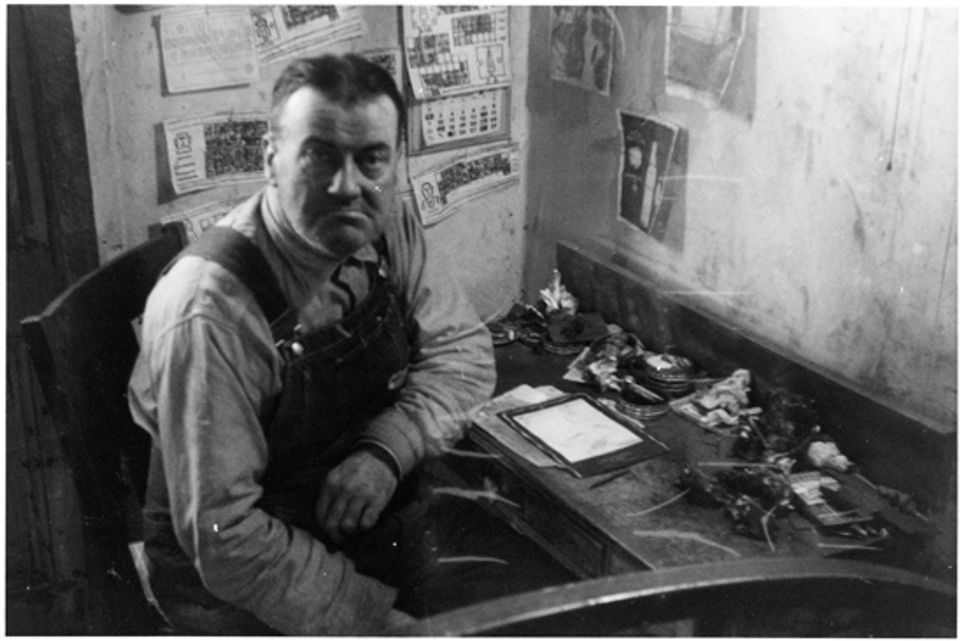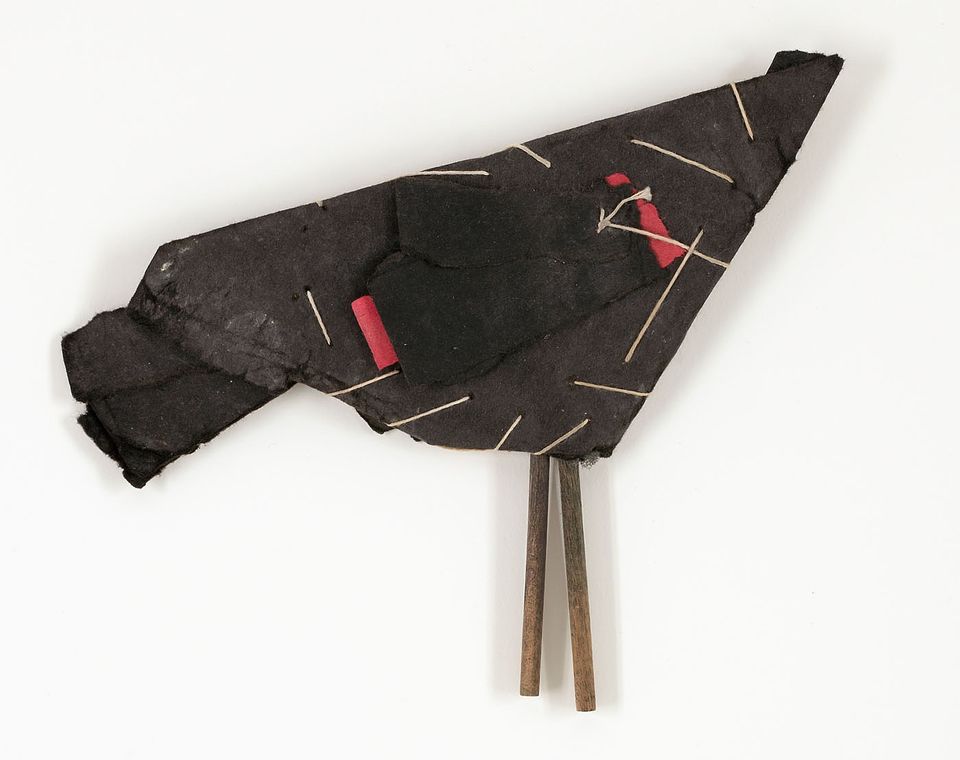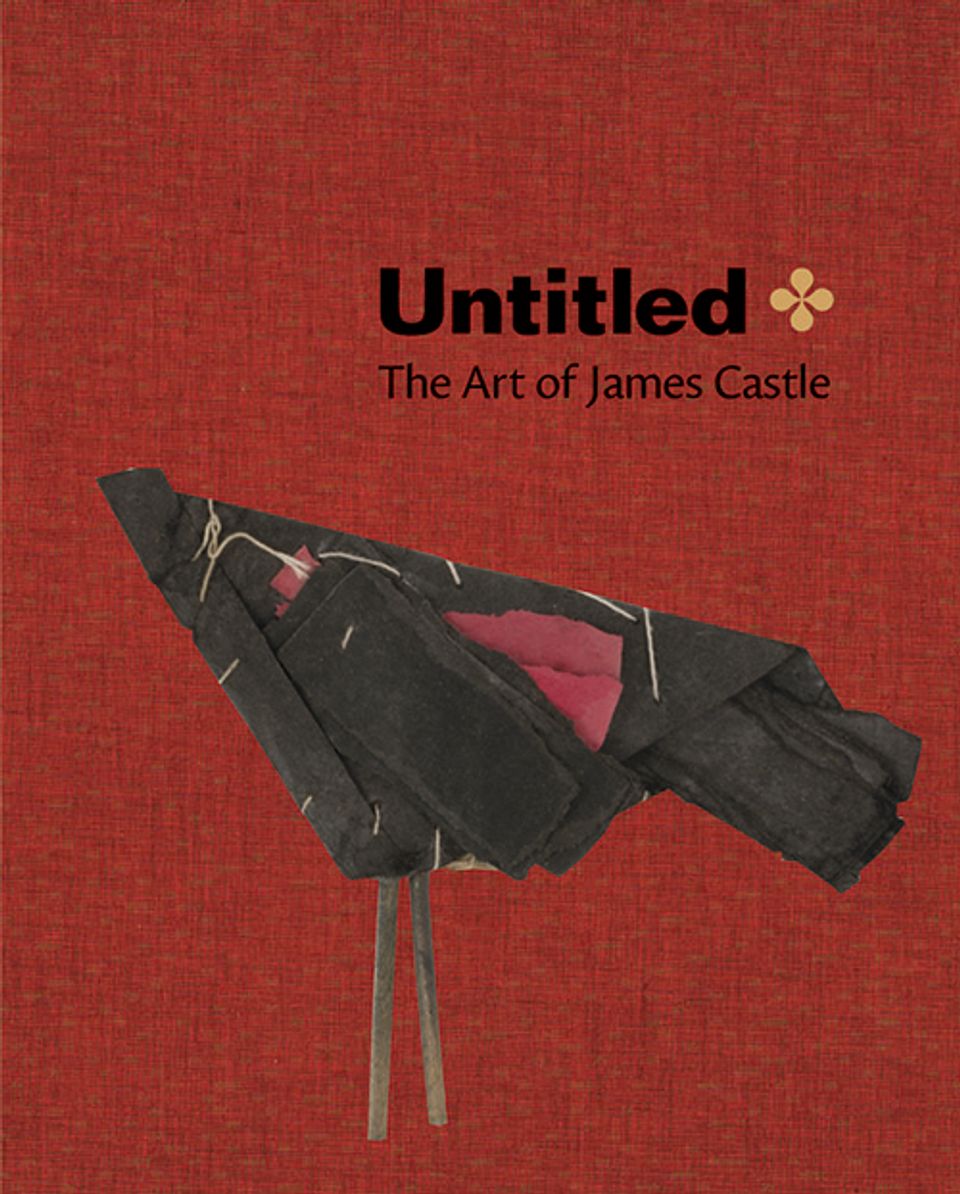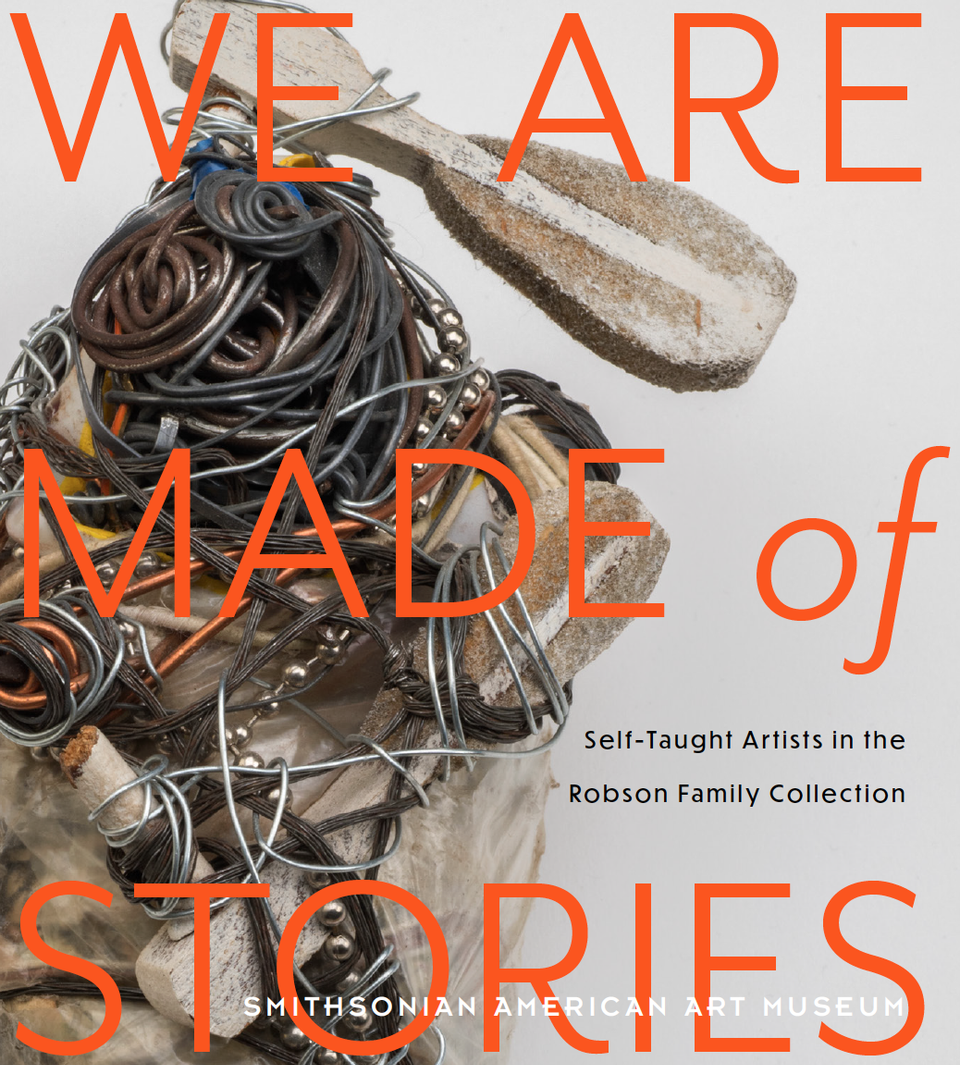James Castle

- Biography
James Castle lived his whole life in the Boise Basin of Idaho. He was deaf from birth, and despite some schooling, never became fluent in alternative forms of communication such as lipreading, signing, reading, or writing. Castle began drawing as a child and continued to do so his entire life, but the primary body of his surviving work was made between 1931 and his death in 1977.
Castle’s parents both farmed and served as local postmasters; printed English texts inundated the family home and Castle studied them at length. His artworks drew almost equally on the physical landscape of his life and the text-based materials that prompted conversation for others, but remained, for him, impenetrable. Castle made as unique a body of art as any. He also brought the thorny issue of difference to the fore in a very particular way, underscoring the ways in which personal experience and challenge can shape an artistic path.
Castle’s sophisticated and enigmatic imagery didn’t align with the art world’s preconceived notions for a neurodivergent person of unconventional literacy. Ultimately, Castle revealed critical faults in the way collectors and institutions categorized art and artists. He prompted important questions surrounding “ability” and “disability,” challenged conventional wisdom about the benefits and limitations of formal artistic training, and catalyzed meaningful change in the way museums feature and interpret the work of artists with disabilities.
(We Are Made of Stories: Self-Taught Artists in the Robson Family Collection, 2022)

















